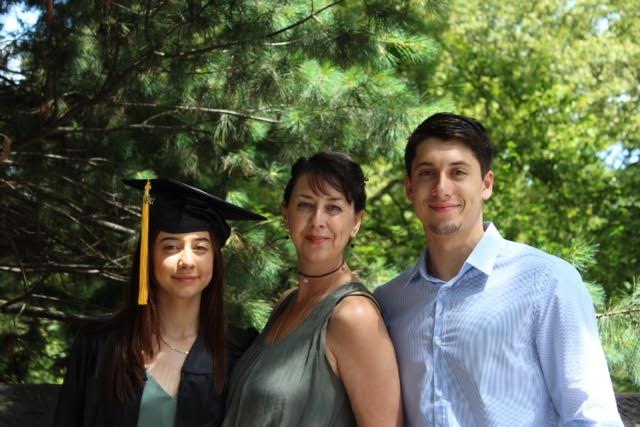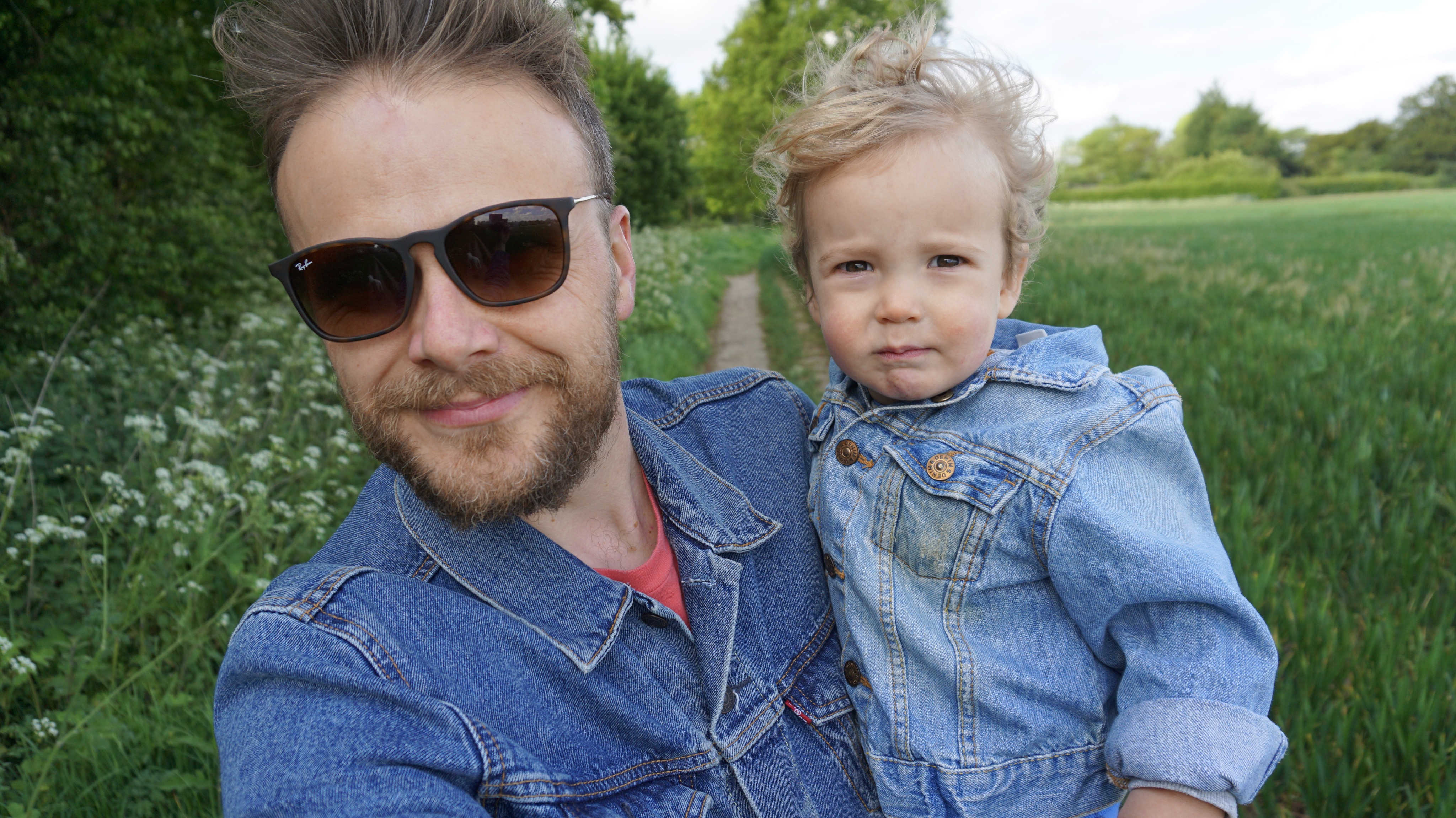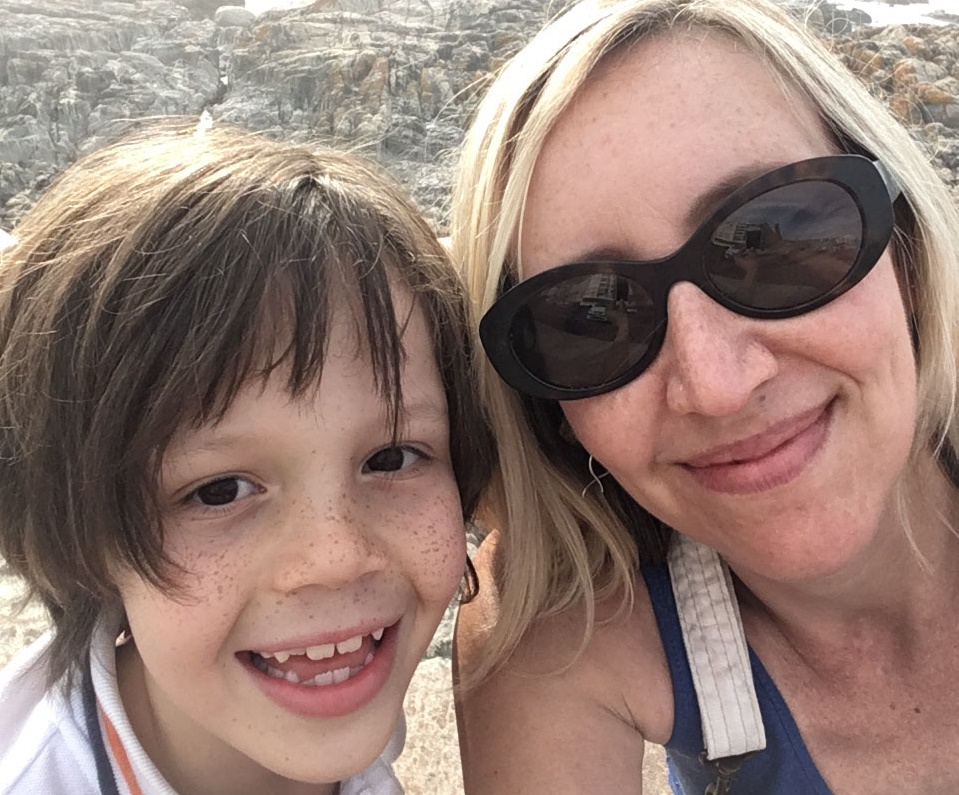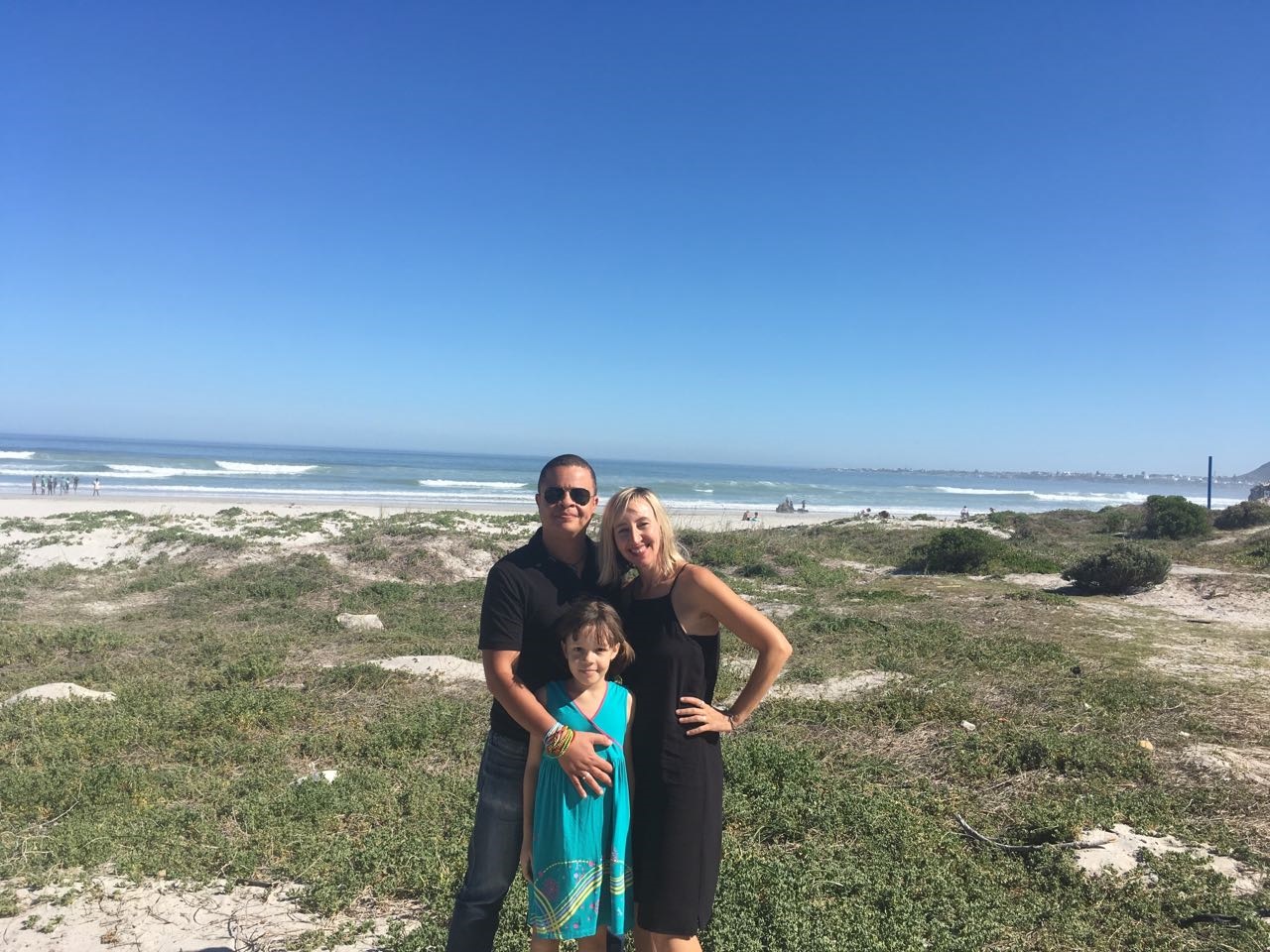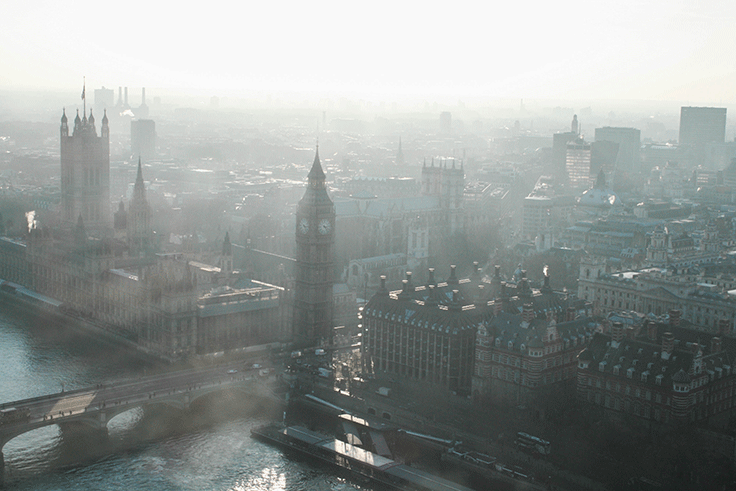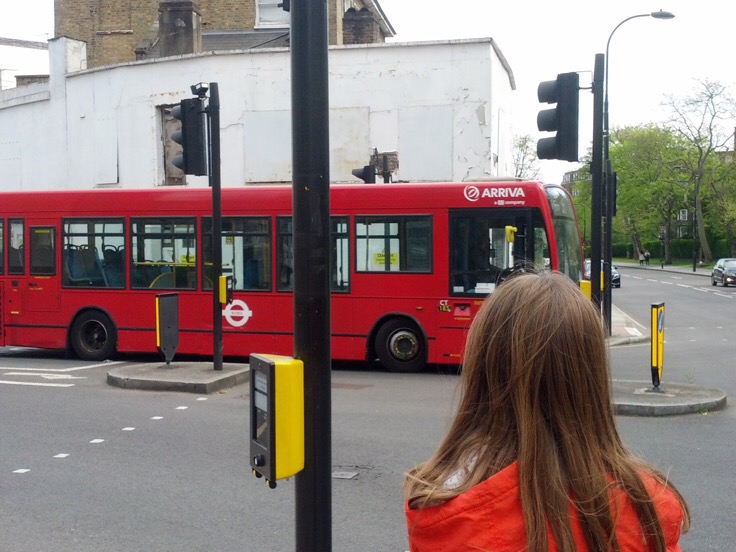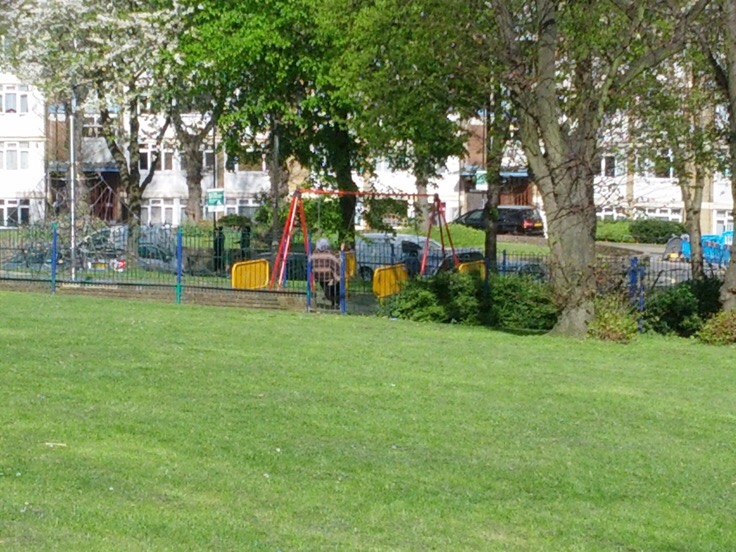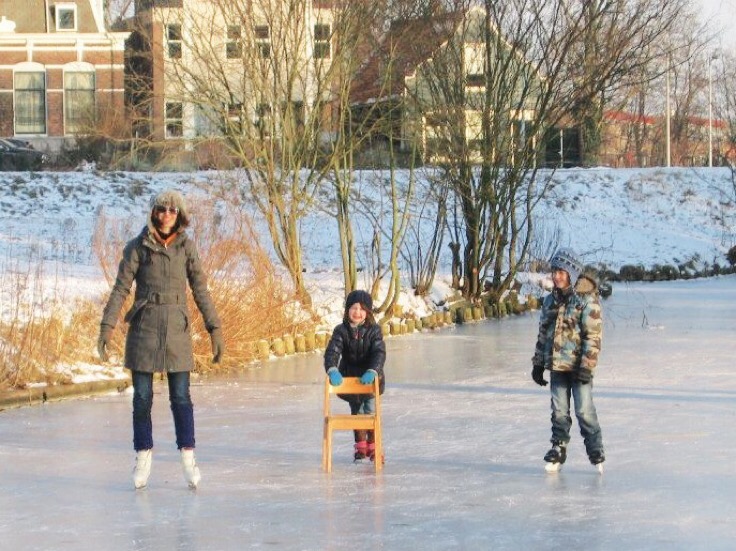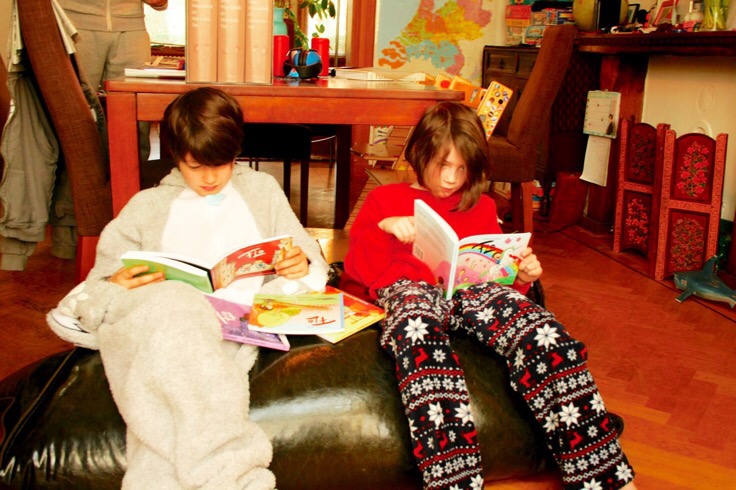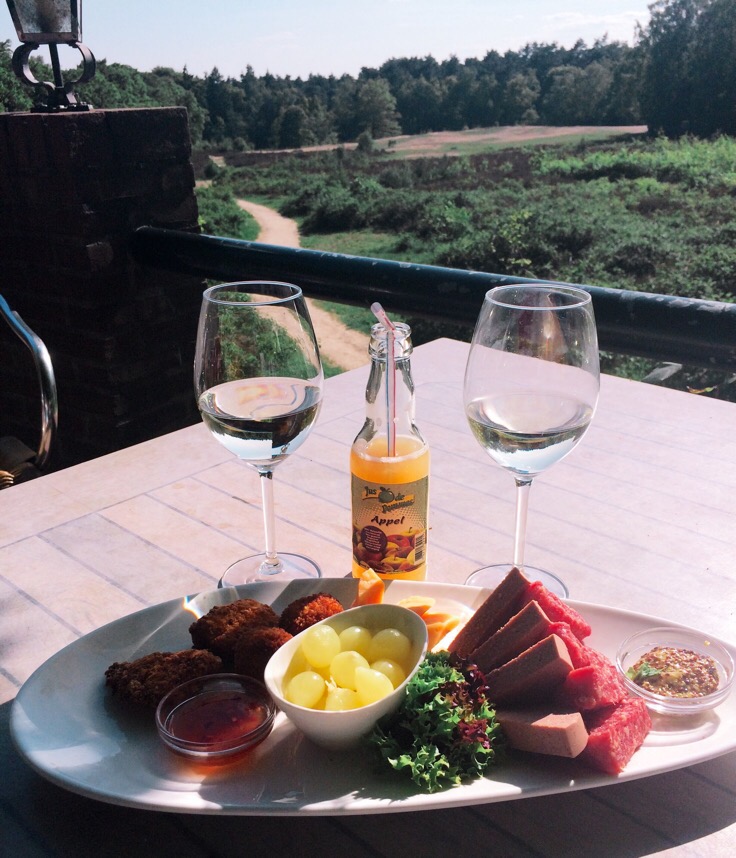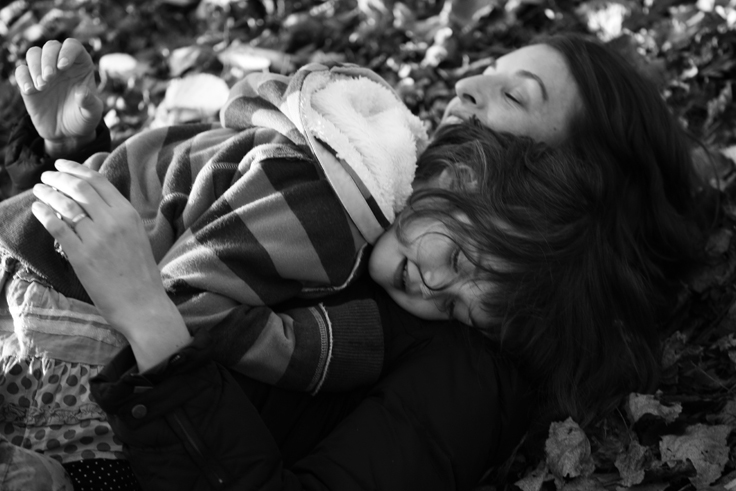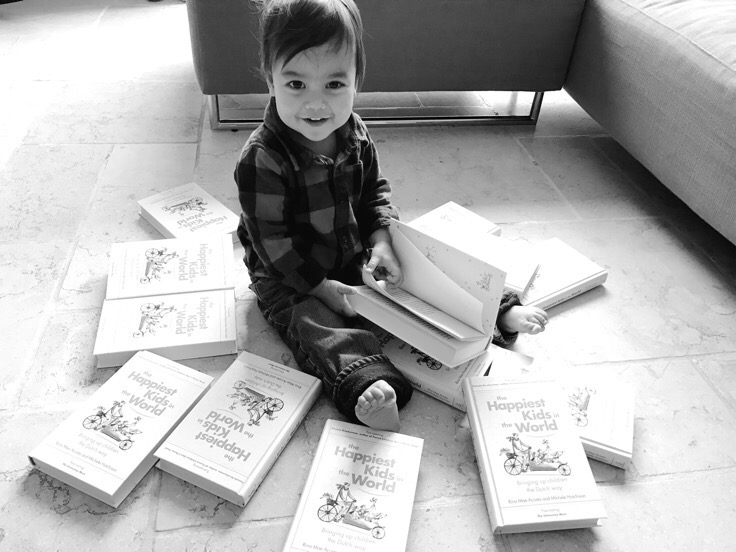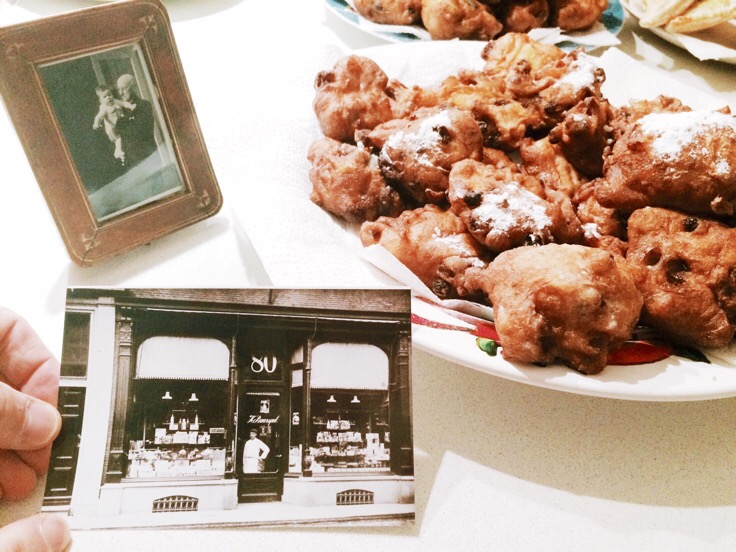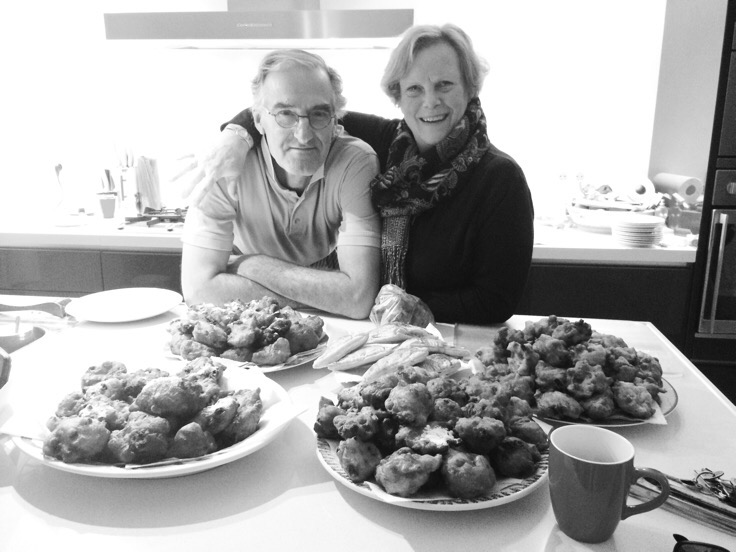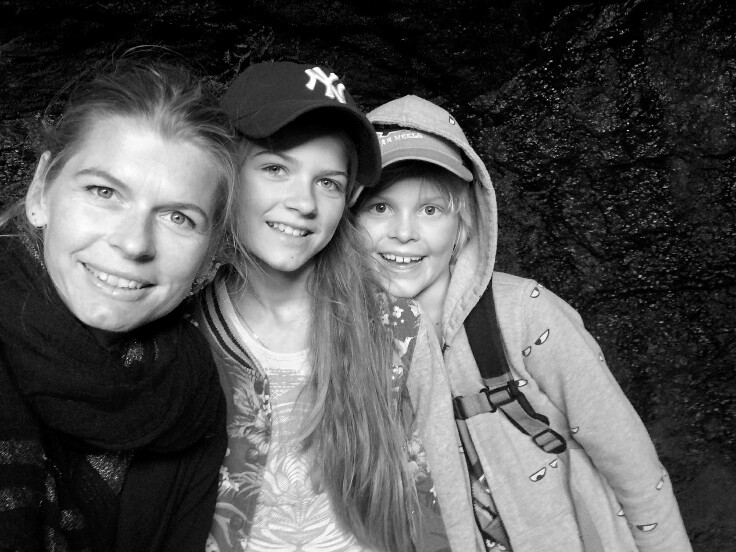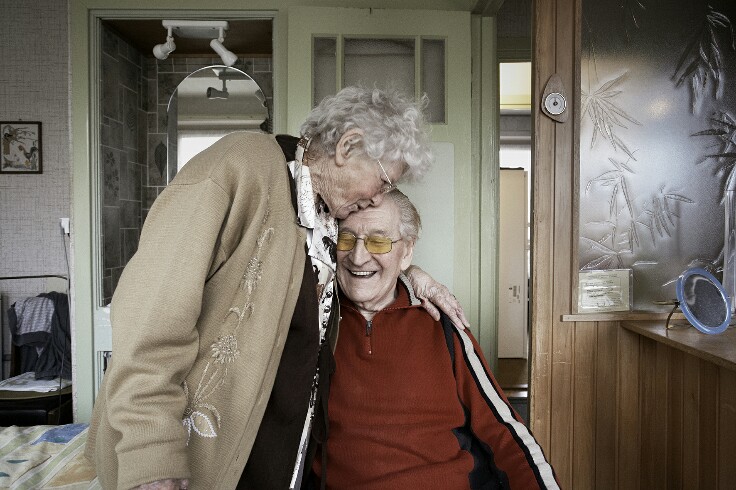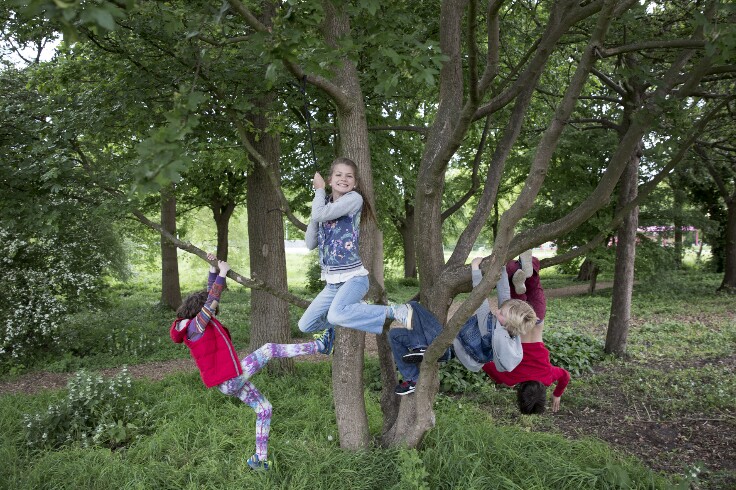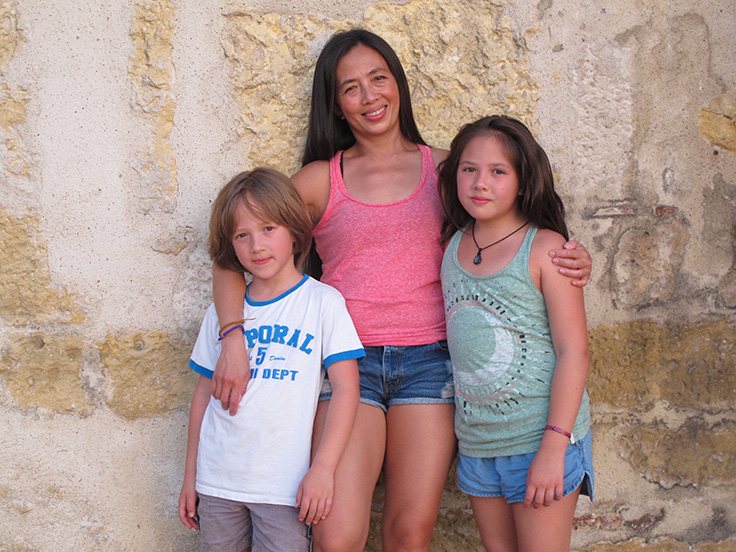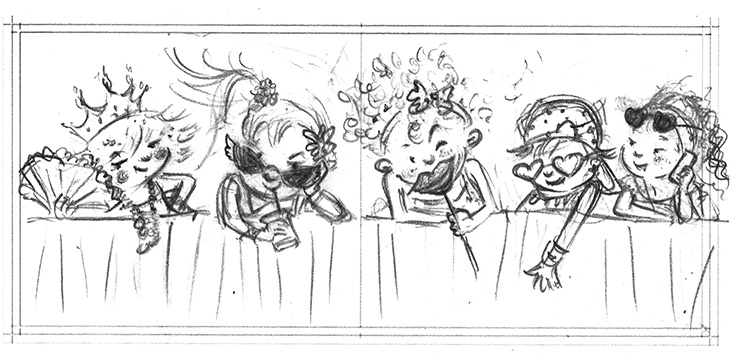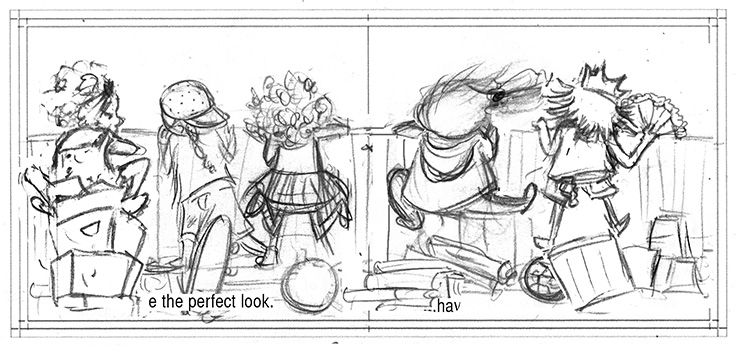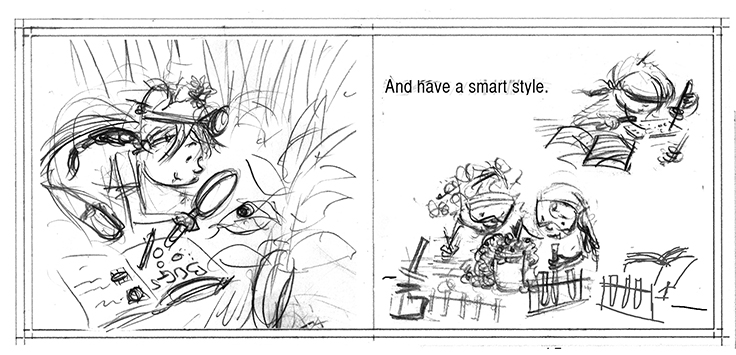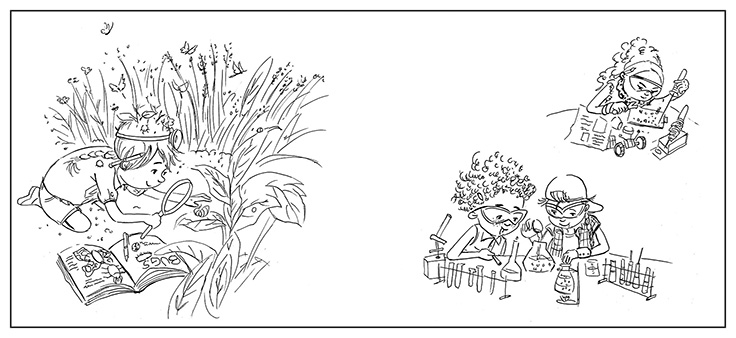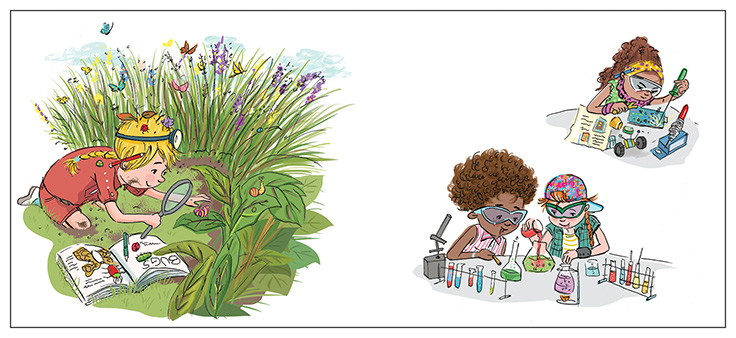Manon and her Dutch-American children
One question people often ask is how easy is it to put Dutch parenting into practice in other countries. Obviously, a lot of things are dependent on the environment in which you live. A common remark is that without a safe cycling network it’s not going to be very easy to let your kids cycle to school. Other environmental factors such as medical care, schooling, and social services also play into local parenting cultures. However, some of what Rina and I wrote about in The Happiest Kids in the World is absolutely transportable. Simple pleasures, like eating chocolate sprinkles for one, or more seriously, encouraging outdoor play, teaching independence, and easing off on the pressure to excel.
During a lively crowd discussion on this subject at our book launch in New York this spring, an attractive middle-aged woman stood up and said that she was a Dutch mother who had raised her two children in Manhattan in the Dutch way. Only after reading our book did her children, now 18 and 24, realize where she’d been coming from all this time. It was a eureka moment for them. They now knew why her priorities had been fostering independence and a sense of responsibility and why she’d seemed so laid back about some things. The Dutch woman went on to say it had been a eureka moment for her too, ‘after not even realizing where it all came from!’
Last week, Manon Chevallerau was in Amsterdam for her mother’s 90th birthday so I gladly met up with her to discuss how she’d coped with the social pressure to do things the American way and stuck to her Dutch roots. ‘It wasn’t hard, not even as a single mother, which makes it all the more of a challenge to trust your own instincts,’ she told me. ‘I just stood up for what I believed in. I did what was natural to me, following the way I’d been brought up. I didn’t really think twice about it.’ As she was saying this, I realized what an incredibly strong woman she is and how she reminds me of so many other Dutch women I know.
Dutch women have a magic mixture of self-confidence, a can-do attitude, and a hard shell that allows them not to be swayed by what others think or want them to do. It was this, more than anything else, that allowed Manon to go against the tide. British and American women seem less confident as moms. We are more conscious of how we parent and worried that others will judge us. This fits with Manon’s perception of American women, too, though it took her some time to realize it. ‘They might be less in tune with their maternal instincts because of all the social pressures,’ she offered.
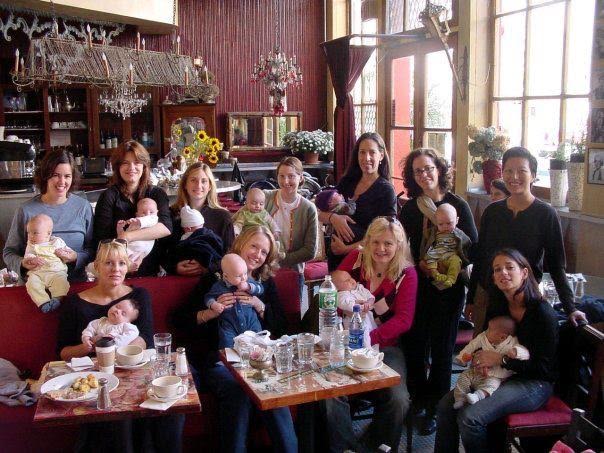
Manon’s Downtown mother support group in 2004
Not just a Dutch-style parent, Manon has also imported kraamzorg – post-partum care – to New York and offers her services to new parents as a doula. After her daughter’s birth in 1999, she started working to assist new parents, taking care of the tired mom, helping parents set up their house and teaching them all the basics. There was a massive uptake after the post 9/11 baby boom. Although it’s a long way from free state-provided care, just putting the concept into practice can show people how valuable kraamzorg can be and start them off thinking about the need for it. ‘Being Dutch gave me the ability to bring a personal touch into my services, with guiding during breastfeeding, baby care and understanding the babies personality and cues so that new parents are able to tune into that instinct and learn to trust it and build confidence. In addition, I led the very first Downtown NYC mother and father support groups and hosted Work / Life Corporate Seminars for pregnant and new working parents,’ she said.
After living here for 13 years, I have come to value Dutch directness and a common sense approach to parenting. Manon agrees it’s a good thing, and what’s more, Dutch women are powerful. They don’t let anyone else tell them how to be. Basically, Dutch women kick ass.

